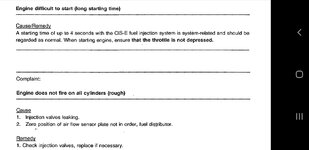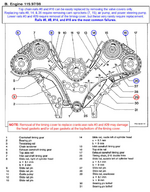So I have a customers beautiful Japanese market LHD 1993 500e with no sunroof and euro interior in the shop for some typical service. I think im in love! Weve done upper and lower intake manifold gaskets, new (OEM German) plugs, valve cover gaskets, driveshaft guibo, fluids, etc. After sitting for a week or two, the vehicle now has a long cranking time before starting whether its cold or hot. Starter voltage drop is very acceptable at 250mV, fuel pressure is almost instant upon cranking and battery is healthy.
I used a noid light to narrow it down to a delay with the injectors kicking on. Starts currently take about 3-5 seconds to actually start the vehicle which feel quite long. Is the DME/engine computer the only thing that controls the injectors? My next step is to see if the DME is losing power temporarily for any reason. Not sure why the injectors would take so long to get power unless the DME is the culprit.
If anyone has any knowledge of this issue with these cars and can chime in, id sincerely appreciate it. I have worked on many, but have not run into this issue yet. Thanks all! Looking forward to being a contributing member.
I used a noid light to narrow it down to a delay with the injectors kicking on. Starts currently take about 3-5 seconds to actually start the vehicle which feel quite long. Is the DME/engine computer the only thing that controls the injectors? My next step is to see if the DME is losing power temporarily for any reason. Not sure why the injectors would take so long to get power unless the DME is the culprit.
If anyone has any knowledge of this issue with these cars and can chime in, id sincerely appreciate it. I have worked on many, but have not run into this issue yet. Thanks all! Looking forward to being a contributing member.










